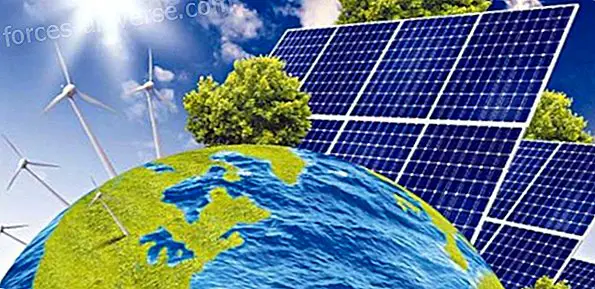
Umberto Eco spoke of apocal pticos and integrated to distinguish between those who accept and defend the news that cultural progress reports (integrated) and those who instead reject them absolutely. I will say that in the face of the changes that Yoga is experiencing, I feel neither apocalyptic nor integrated. I do not condemn them sourly, as many do, but I am not in the same way as others.
We live in the era of Instagram Yoga, where some Yoga teachers are at the same time media characters and measure their prestige by the number of followers on Twitter, or followers on Facebook . Leaving aside considerations about the ego of these people, sometimes I think that this is not so bad as long as it serves to spread Yoga. The problem is when people start practicing through YouTube videos, and pretend to learn sirsasana with a tutorial . Not only is this not adequate but it can be very dangerous .
Most of the time, these videos do not explain some essential aspects of yoga, as they try to adjust to a limited duration to capture audience. Important physical aspects are not addressed, such as attention, the exploration of the limits themselves, and also the psychological aspects are omitted.
Among the physical aspects of Yoga that you will not learn on YouTube, I would like to highlight these seven:
1.- The relative importance of the technique in Yoga:
Yoga involves learning and refining the technique of asanas. The technique allows you to work your body more deeply and keeps you attentive. Obviously you can learn the technique of a posture through a video. But it is important to keep in mind that the technique is only a means to transformation, not an end in itself.
2.- The focus and attention:
Focus and attention are the essence of Yoga: attention to breathing, body messages, energy, even the quality of our attention. Deepening your practice means not so much learning new postures as increasing your understanding of how you do yoga. Become a witness of yourself while you are on your mat: that is the real challenge. This self-observation can be very complicated if we have to attend to a computer screen.
3.-Breathing:
Breathing is the fuel of life (traditionally called "prana"). In Yoga, breathing serves as a bridge between the body and the mind, since it operates automatically but can also be consciously controlled. Breathing is the cornerstone of technique. Learning to use it effectively is the key to deepening your practice, as it increases flexibility, strength, endurance and balance.
4.- Explore your limits:
Another important dimension of Yoga is learning to explore our limits. And this is where learning from YouTube can become particularly dangerous: many videos show athletic men and women who perform very complicated asanas in 15 seconds (maximum duration of a video on Instagram). Obviously, nothing is said that this is not for everyone, that these people have been practicing for years, and that each body has its limits in terms of resistance, flexibility, strength and balance. To avoid injury, it is crucial to identify and respect these limits. But we must bear in mind that the limit is placed just before the pain, and moves from day to day and from breath to breath. An essential part of learning in Yoga is to recognize this point and move around it, avoiding staying at our “minimum limit” as well as exceeding the “maximum limit”.
5.- Pain as feedback:
As Joel Kramer states in his article Yoga as Self-Transformation : "It is vital to know the difference between pain and intensity." This same author warns that fear and ambition are two factors that can make us confuse pain and intensity. If we are afraid, the intensity of a posture can be interpreted by pain. If instead we are blinded by ambition we can disregard the pain in order to reach beyond our limits. "Most injuries in Yoga are due to ambition or lack of attention, usually both, " says Kramer. Pain should be used as feedback, as information provided by our body: if you ignore it, you can harm yourself.
6.- The power lines:
Kramer explains the importance of channeling our energy when we practice Yoga to the different parts of our body, creating what are called "energy lines." These lines are vibratory currents that move in different directions in each posture. If you pay attention you can notice these subtle currents moving in the body, which is not so surprising if we consider that the human body has a hydraulic (circulatory) and an electrical (nervous) system.
7.- Understand the posture:
Much more important than trying to get the final posture, is to understand how that posture works. I usually tell my students that in the asana we must always prioritize the function over the form. It does not matter that the final form of a posture does not fit the photo of Kino Mcgregor on Instagram. The crucial thing is that we understand the function of the asana, what it is for, and adapt it to our own body. “Understanding a posture is not just knowing with the mind how to position the body. Understanding occurs when muscles and nerves, including cells themselves, know how to work in the posture. ” (J. Kramer)
Credits: Yoga as Self-Transformation, by Joel Kramer.
http://insayoga.com/7-aspectos-esenciales-del-yoga-que-no-aprenderas-en-youtube/






